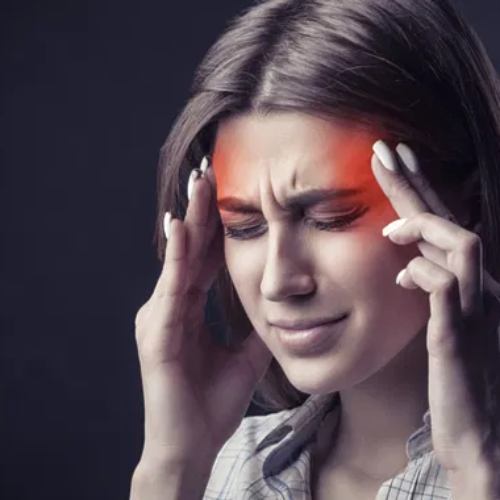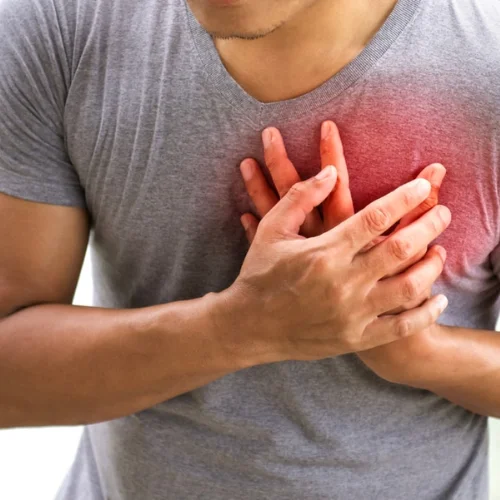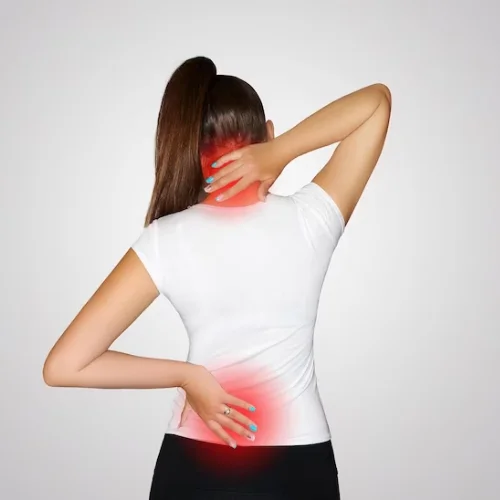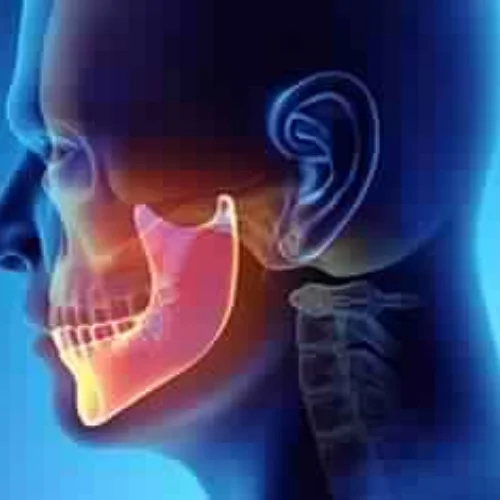Working Time
Book Appointment

Trigger points, also known as muscle knots or myofascial trigger points, are localised areas of muscle tightness and tenderness that can cause pain and discomfort. These points can develop in muscles throughout the body and may be associated with muscle overuse, injury, or stress. Trigger points often refer pain to other areas of the body, leading to a variety of symptoms.
Causes of Trigger Points:
Muscle Overuse or Injury: Repetitive movements, poor posture, or excessive physical activity can lead to the development of trigger points in muscles.
Muscle Imbalances: Weakness or tightness in certain muscles can create imbalances that contribute to the formation of trigger points.
Prolonged Immobility: Spending long periods in a sedentary position, such as sitting at a desk or driving for extended periods, can lead to muscle stiffness and the development of trigger points.
Psychological Stress: Emotional or psychological stress can cause muscle tension and contribute to the formation of trigger points.
Nutritional Deficiencies: Inadequate intake of essential nutrients such as vitamins and minerals can affect muscle health and increase the risk of trigger point development.
Treatments for Trigger Points:
Manual Therapy:
Trigger point release: Techniques such as manual pressure, massage, or dry needling can help release tension and Dr. Tushar's clinic pain in trigger points.
Myofascial release: Gentle stretching and manipulation of the fascia surrounding trigger points can help improve muscle flexibility and reduce pain.
Physical Therapy:
Therapeutic exercises: Specific exercises targeting muscle imbalances and strengthening weak muscles can help prevent the recurrence of trigger points.
Stretching: Regular stretching exercises can help improve muscle flexibility and reduce the likelihood of trigger point formation.
Modalities:
Heat therapy: Applying heat to trigger points can help relax muscles and increase blood flow, promoting healing and pain relief.
Cold therapy: Cold packs or ice massage can help reduce inflammation and numb pain associated with trigger points.
Medications:
Pain relievers: Over-the-counter or prescription pain medications may be used for pain associated with trigger points.
Muscle relaxants: Medications that relax muscle spasms may be prescribed to help relieve tension in trigger points.
Dry Needling:
Dry needling involves inserting thin filiform needles into trigger points in muscles without injecting any substance. The goal of dry needling is to stimulate the release of tension in the trigger point, improve blood flow, and promote healing.
Wet Needling:
Wet needling, also known as trigger point injection, involves injecting a solution (such as saline, local anesthetic) into trigger points in muscles.
The injected solution aims to provide immediate relief by reducing inflammation, blocking pain signals, and promoting tissue healing.
Wet needling may be combined with dry needling or other therapies for enhanced effectiveness.
Consultation with Dr. Tushar
Seeking evaluation and guidance from Dr. Tushar, a healthcare professional experienced in managing musculoskeletal conditions, can provide personalised treatment recommendations based on your specific symptoms and medical history. Dr. Tushar can offer advanced diagnostic techniques, comprehensive treatment plans, and manual therapy techniques to effectively address trigger points and improve muscle function and overall quality of life.
Conditions





















